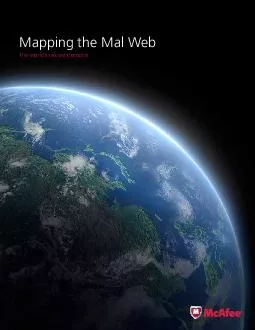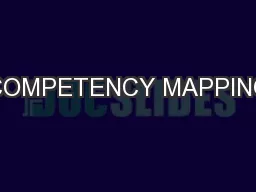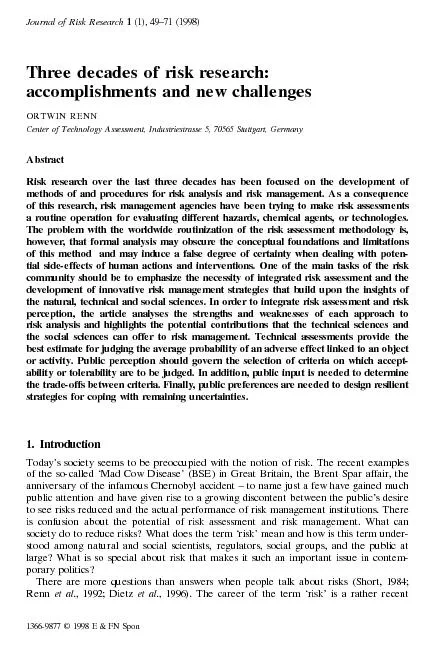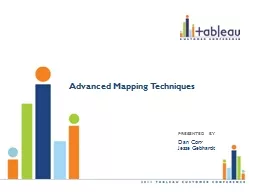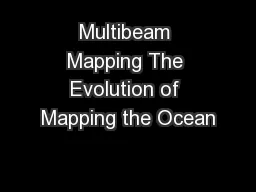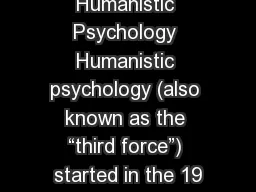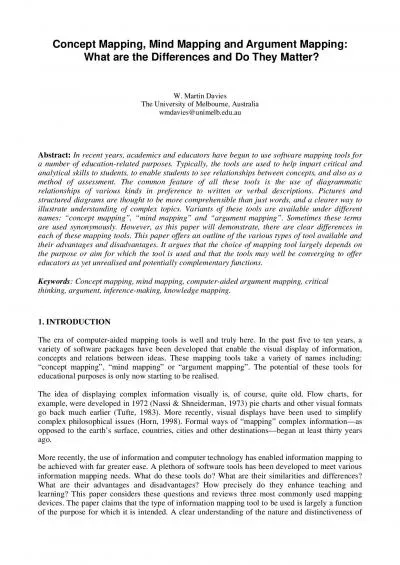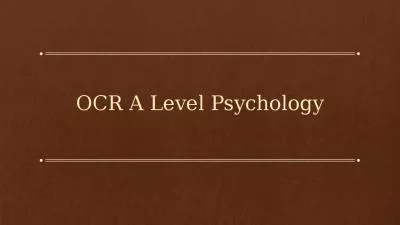PPT-Mapping four decades of psychology’s disunity
Author : briana-ranney | Published Date : 2016-03-26
H istorical bibliometric analysis Ivan Flis PhD Candidate Utrecht University ivanflis iflisuunl In both our applied work and general scientific work psychology
Presentation Embed Code
Download Presentation
Download Presentation The PPT/PDF document "Mapping four decades of psychology’s d..." is the property of its rightful owner. Permission is granted to download and print the materials on this website for personal, non-commercial use only, and to display it on your personal computer provided you do not modify the materials and that you retain all copyright notices contained in the materials. By downloading content from our website, you accept the terms of this agreement.
Mapping four decades of psychology’s disunity: Transcript
Download Rules Of Document
"Mapping four decades of psychology’s disunity"The content belongs to its owner. You may download and print it for personal use, without modification, and keep all copyright notices. By downloading, you agree to these terms.
Related Documents


